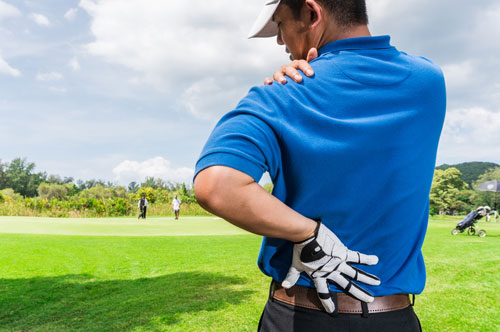
Just experience an injury to your shoulder that requires shoulder surgery in order to make a full recovery? Not really sure of the steps to take after you undergo surgery? Here is some information on what to expect to help put your mind at ease!
Things to expect during your time in Physical Therapy:
- Types of Protocols
Depending on the extent and specific shoulder surgery, you will be able to perform or not perform certain movements. This can include no movement restrictions at all to no overhead movement to movement only within certain ranges. Protocols are simple do’s and don’ts that are determined by your surgeon that are extensive and limit your activity until certain milestones in your rehab are reached. Expect your Physical Therapist to review these and discuss your protocol with you and answer any questions you may have about the process. REMEMBER, every patient heals differently. Some patients may be able to progress more quickly in their protocol and some may progress more slowly. This is OKAY. In the mean time, you will most likely need to make modifications to your daily activities, such as dressing yourself, driving, bathing, etc. - Range of Motion before strength
When you first begin PT after shoulder surgery, the initial focus is to regain ROM (range of motion) before any strength training. You will not have the strength to comb your hair if you don’t have the basic ROM to achieve that movement pattern that you use every day. Each surgery has its own ROM protocol to follow, which will determine how much your PT will push you during your recovery. Strength will be performed throughout your rehabilitation, but only when indicated in your protocol. Strength exercises will include simple exercises, such as grip and elbow strength, scapular (shoulder blade) strength, and more compound strength. More will be covered in the next section. - Strength to functional strength/movement
As you progress through your shoulder surgery protocol and you will achieve “functional ROM” and begin “functional strength” exercises as long as you can demonstrate the ability to isolate and stabilize the designated muscle/s needed to achieve the desired movement pattern. “Functional ROM and strength” is just another way of saying that you can “comb/wash your hair or dress yourself”. In order to be able to perform those movement patterns for your daily activities, your shoulder must be able to achieve a certain ROM in multiple directions. - Return to Activity
This is the last stage of your shoulder rehabilitation process. Every patient will have a different goal for post shoulder surgery. One patient may simply want to be able to just dress themselves and be able to perform household activities and another patient may want to return back to playing a specific sport, such as baseball or basketball. In either situation, your physical therapist will keep your goals in mind as they create a patient-specific program to help your shoulder to be able to perform those activities correctly and safely. Every shoulder is different, every surgery is different, and every rehabilitation program is different. Your PT’s job is to help you work towards and achieve your goals so you can get back to what you enjoy!
I hope that this provides more clarity on expectations with Physical Therapy after a shoulder surgery! It is a major surgery to undergo and expectations afterwards may be cloudy. Here at In Motion O.C. Physical Therapy, our PT’s are well experienced with post shoulder surgery rehabilitation. Give us a call and we will help you get back to doing what you want to in life!


